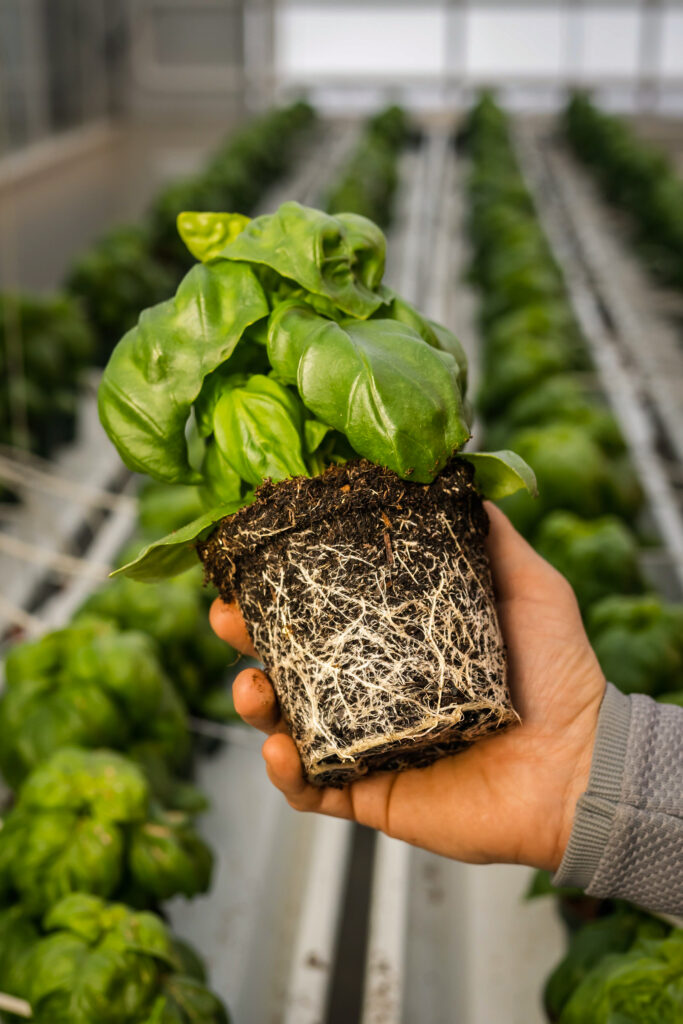Four Pre-Season Maintenance
by Brian Cantin, Senior Grower Advisor
We know that a good preventive maintenance program will help avoid problems. Greenhouse owners and managers should work in close co-operation with their staff to ensure that all mechanical, electrical, plumbing and environmental control equipment have been serviced and are ready for use once spring production is in full swing.
Maintenance no1
Fertilizer Injector Maintenance
Regardless of your system’s make or model, or how basic or sophisticated it is, fertilizer injectors are subject to breakdowns and require periodic recalibration. Keep in mind that modern injectors serve many functions. At various times in the season, they may be used to apply fertilizers, pesticides, fungicides, wetting agents, plant growth regulators and acids, all via the irrigation water. The health and success of a crop can easily be compromised by a malfunctioning injector.
Maintenance no2
EC and pH Meters
It is very important to monitor the chemical characteristics of the media frequently in order to establish and maintain the desired EC and pH levels. In-house meters can include a range of portable, hand-held models as well as in-line meters, built directly into the fertilization system. The reliability of these meters depends on how often they are cleaned and calibrated, and recommendations on how frequently this should be done is usually available in the user’s manual (visit the company’s website if the manual is missing). It is essential to know the particular requirements of your
meters. Some handheld models have metal electrodes while others have glass electrodes. To obtain accurate readings with glass electrodes, they must be immersed in a storage solution when not in use. Calibration solutions should be stored in a cool area, away from direct sunlight. A word to the wise: check the expiration dates on all calibration solutions before using them, as this will greatly affect the precision of your meters.
Maintenance no3
Environmental Control Equipment
Nowadays, controlling the greenhouse environment is critical to achieving optimal and efficient growing conditions for any given crop. Regardless of how automated your environmental control system is, there is always preventive maintenance and repairs that need to be done on many of the system’s moving components and sensors. Rack and pinion systems undergo a lot of wear and tear as vents open and close to manage temperature and humidity. The response time of any control system is limited by the accuracy of the sensors the system uses. Is the air-tight housing protecting the sensors from direct sunlight free of dust and build-ups of chemical residues? Is the intake fan clean and in working condition? If the sensor system is based on a wet well reservoir, has the sock been changed and the plenum cleaned? Now is the time to be pro-active and check your system.
Maintenance no4
Spraying Equipment
I would be remiss if I didn’t talk about verifying the orifice size of the spray nozzles, a simple – yet often overlooked – system check. We know how important particle-size is with regard to effective coverage of the targeted surface of the plants. Wettable powder formulations of pesticides and fungicides are actually abrasive and, with repeated use over time, the size of the nozzle orifice will increase. It would also be a good idea to check some of the automatic fogging systems to verify nozzle assemblies and make sure that the pipes are not clogged and the air filters are clean.
I realize that I have not covered all aspects of a spring tune-up, however I hope these reminders encourage you to start working on your checklist.


